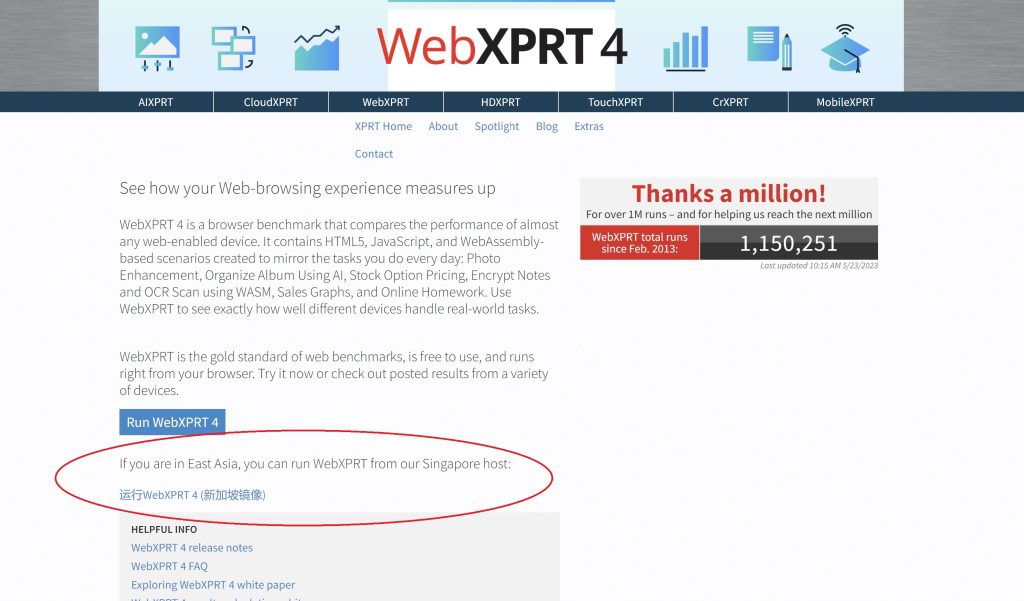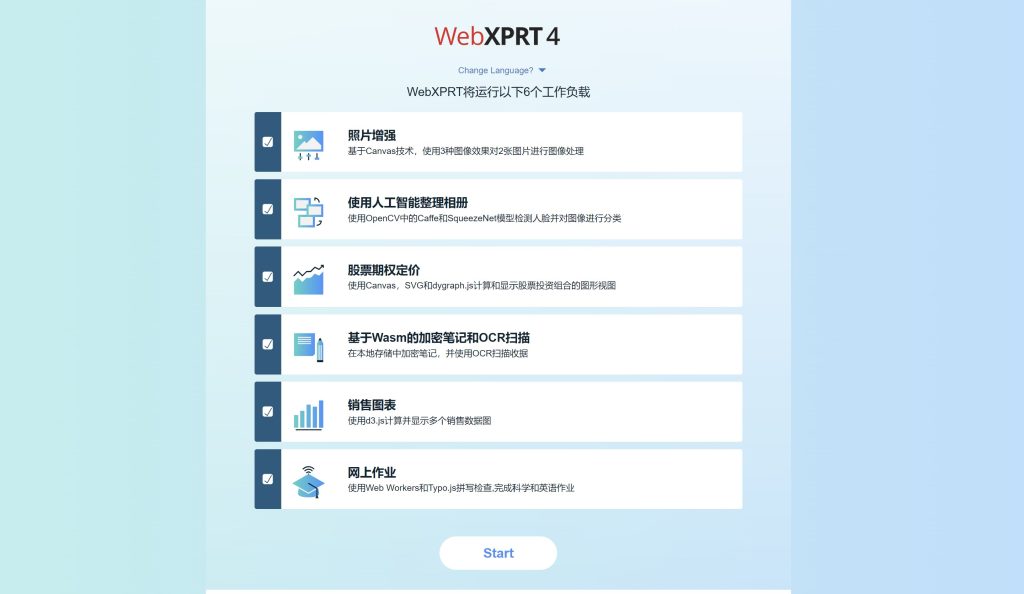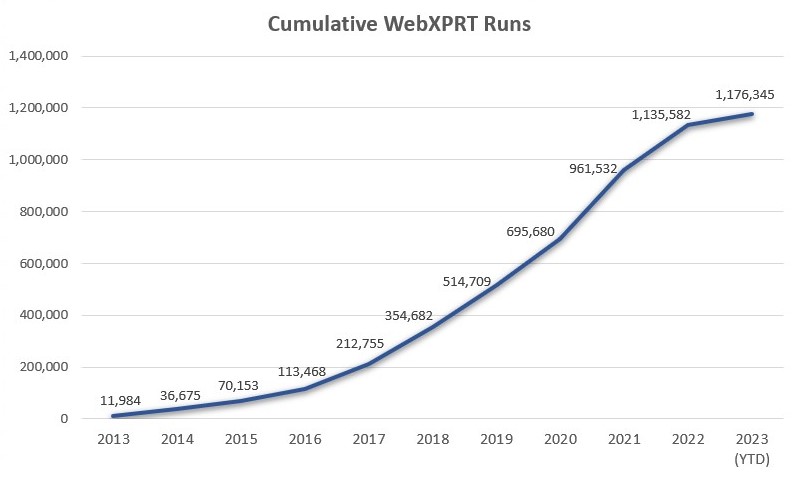If you’ve ever spent time exploring WebXPRT.com, you may have noticed a line that says, “If you are in East Asia, you can run WebXPRT from our Singapore host,” followed by a hyperlink with Simplified Chinese characters. We realize that some people may not know why we have a WebXPRT mirror host site in Singapore—or how to use it—so today’s post will cover the basics.
When we first released WebXPRT 2013, some users in mainland China reported slow download times when running the benchmark. These slowdowns affected initial page and workload content load times, but not workload execution, which happens locally. As a result, subtest and overall scores were still consistent with expectations for the devices under test, but it took longer than normal for test runs to complete. In response, we set up a mirror host site in Singapore to facilitate WebXPRT testing in China and other East Asian countries. We continued this practice with subsequent WebXPRT versions, and currently offer Singapore-based instances of WebXPRT 4, WebXPRT 3, and WebXPRT 2015.

The default UI language on the Singapore site is Simplified Chinese, but users can opt to change the language to English or German. Apart from a different default language, the WebXPRT mirror instances hosted in Singapore are identical to the instances on the main WebXPRT site. If you test a device on WebXPRT Singapore and WebXPRT.com, you should see similar performance scores from both sites.

We hope that the WebXPRT mirror host site in Singapore will make it easier for people in East Asia to use the benchmark. Do you find the site useful? If so, we’d love to hear from you! Also, if you encounter any unexpected issues or interruptions while testing, please let us know!
Justin














